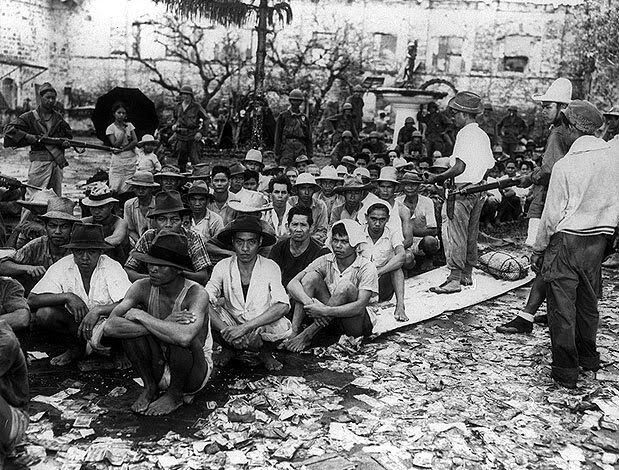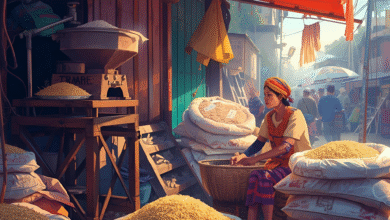
The Sakdalistas and the Long Fight for Land Reform
In Philippine history, Manuel L. Quezon is often remembered as the “Ama ng Wikang Pambansa” and the first president of the Commonwealth. But beneath this grand narrative lies the struggle of the Sakdalistas, a peasant-led movement that rose against colonial rule, elite domination, and social injustice.
Seeds of Discontent
In the early 1930s, Philippine society was marred by deep inequality. While the cities saw rising wealth and comfort, peasants and workers endured heavy taxes, harsh tenancy systems, and exploitation by landlords. Here emerged the Sakdal Movement, founded by Benigno Ramos, a poet, journalist, and former government clerk.
The word “sakdal” means “to accuse,” reflecting the group’s mission to call out government corruption, American colonial control, and the dominance of the elite. Through Ramos’ writings, the Sakdalistas demanded immediate independence from the United States, land reform, reduced taxes, and social justice for the poor.
From Protest to Politics
By 1933, the Sakdalistas formally became a political party known as the “Lapiang Sakdal.” In the 1934 elections, they shocked the ruling class by winning 3 congressional seats and numerous local positions. Their popularity, especially among peasants in Southern Luzon, revealed the depth of rural frustration with the status quo.
However, their success alarmed Quezon and the Commonwealth, who saw the movement as a threat. What came after was a series of arrests and harassment of its leaders and members.
What Happened in 1935?
The Sakdal Uprising happened on the night of May 2-3, 1935. Around 20,000 peasants across Bulacan, Laguna, Rizal, Cavite, and Tayabas seized municipal halls, raised a red flag in San Ildefonso, Bulacan, and declared a revolutionary government.
The rebellion, however, didn’t last long. The Philippine Constabulary responded with brutal force, most infamously in the Cabuyao Massacre, where peasants barricaded in a church were gunned down. More than 100 Sakdalistas were killed, thus ending the revolt during those 2 days.
READ: New Agrarian Emancipation Act: A Grateful Relief for Farmers
Though the movement was short-lived, the Sakdalistas’ legacy continues. They embodied the anger of the marginalized and highlighted the urgency of land reform, which still haunts the Philippines today. Lastly, their uprising reminds us that the fight for social justice is long, often bloody, and deeply tied to the struggles of ordinary Filipinos.



